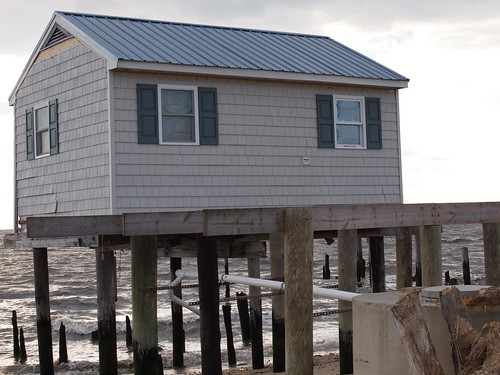
When Hurricane Sandy came ashore on the northeast coast of the U.S. on October 29, 2012, it ravaged coastal communities, both human and natural. USDA’s Natural Resources Conservation Service (NRCS) announced today that it is investing in a number of hurricane-damaged communities in New Jersey, New York and Connecticut to improve flood protection, restore ecosystems and support coastal residents in their recovery efforts.
Using more than $20 million from the floodplain easement component of its Emergency Watershed Protection Program (EWP), NRCS is putting over 400 acres under permanent easements to allow for restoration of natural ecosystem functions and to help prevent catastrophic damage from future storms. For a complete list of the enrolled areas click here.
One example of a community benefitting from EWP can be seen in Bay Point, a small coastal community located in Cumberland County on the Delaware Bay in southern New Jersey. The Bay Point area consists of 33 homes that were impacted by a storm surge that rose up to 10 feet in places. Eight homes were completely destroyed and swept into the bay. Several others remain uninhabitable as the access road continues to flood despite temporary restoration efforts.
Reversion of the Bay Point community to its natural state will provide ecological and flood control benefits as well as provide relief to homeowners with significant damage and continual flooding in the aftermath of the hurricane. NRCS is cooperating with the Federal Emergency Management Agency and the State of New Jersey with a goal of restoring the entire peninsula to natural conditions.
Not only will this help the human inhabitants of Bay Point, but it will help wildlife too. This area of southern New Jersey provides globally significant habitat for migratory birds, including the red knot, a state endangered species and a proposed species for “threatened” status under the Endangered Species Act. Restoration of the shoreline will create new areas for horseshoe crabs to deposit their eggs, a key food source for the migrating red knot.
It will take some time to restore these areas to their natural condition, but the residents of these communities will see immediate benefits. To hear a USDA radio story about the selections click here.
To learn more about the selections announced today click here.
